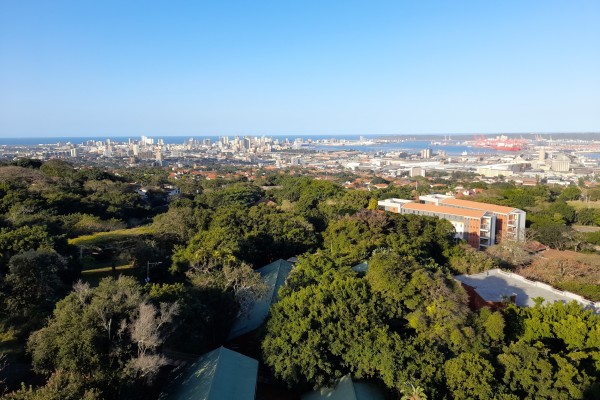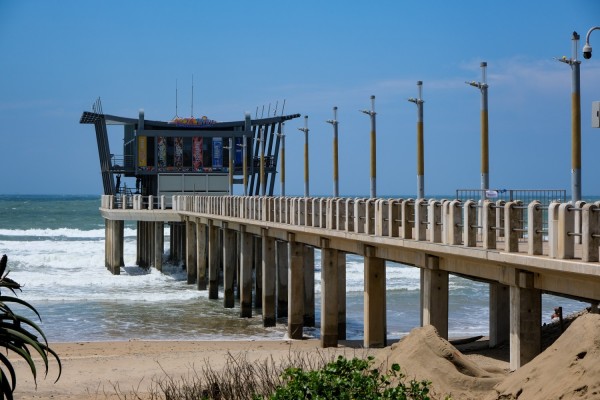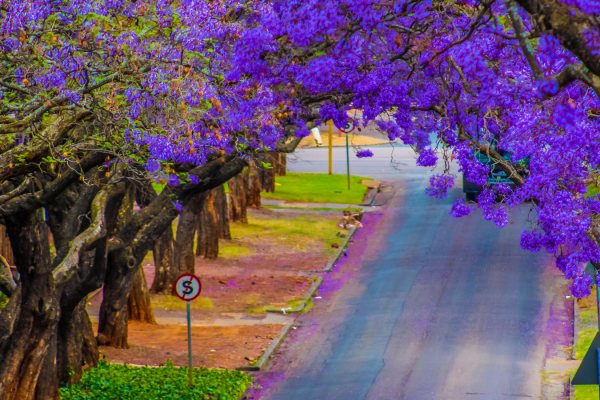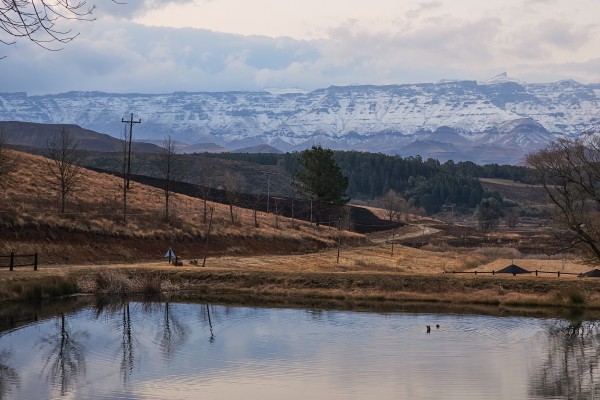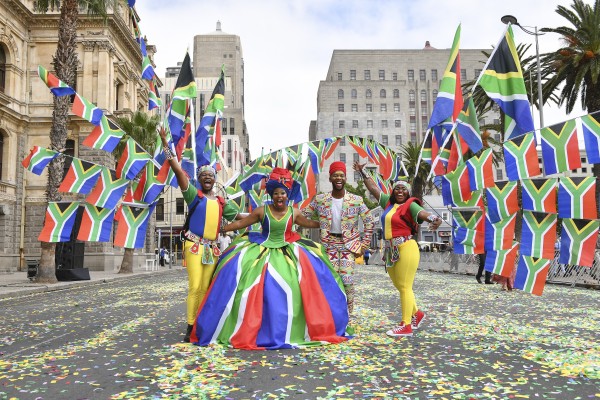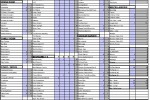Your complete month by month guide to Durban weather

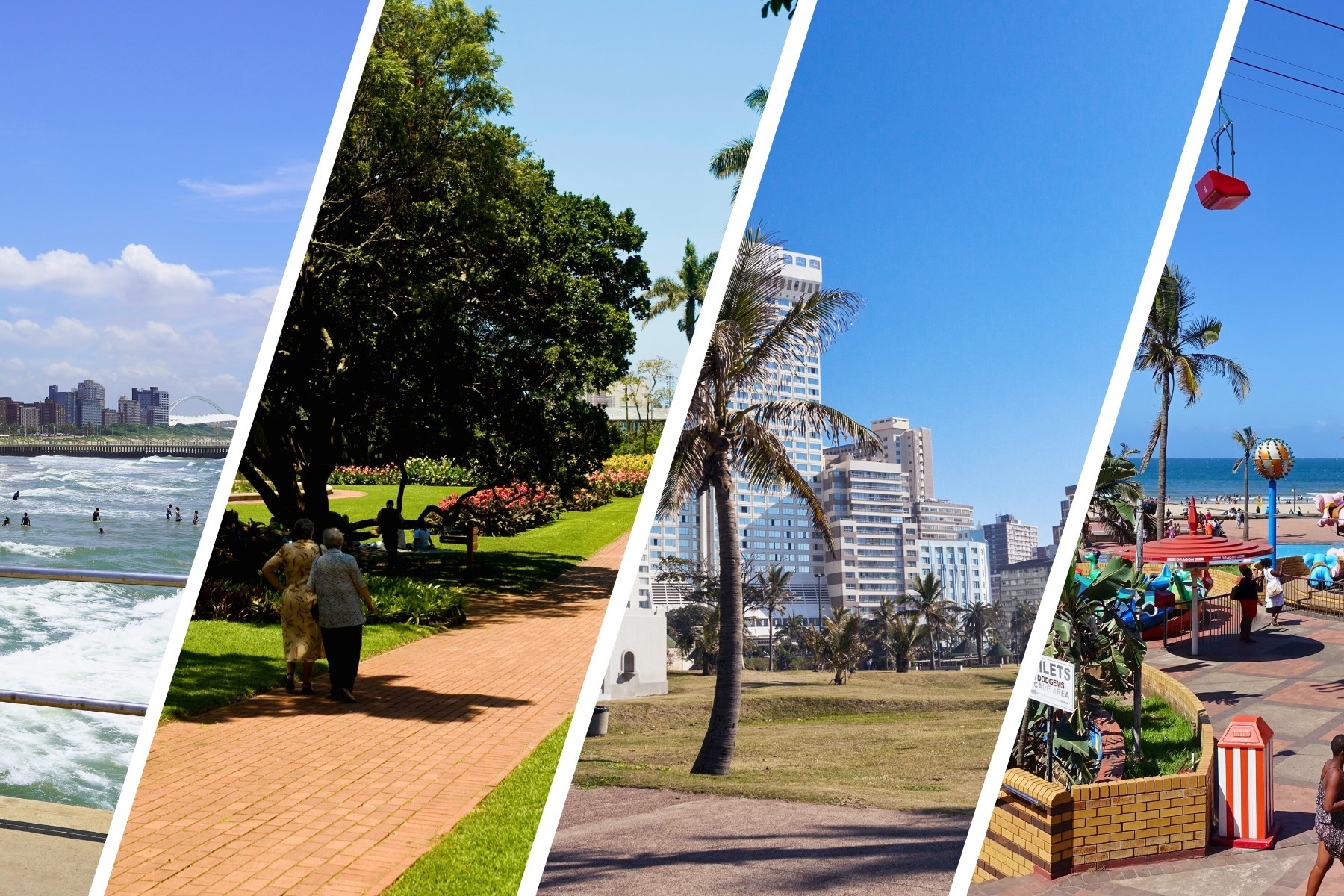
Compared to the rest of South Africa, Durban’s subtropical climate can make it feel like paradise on Earth. Durban’s stellar weather and endless golden beaches make it one of the top holiday destinations in the country. But there’s more to Durban’s climate than meets the eye.
Like the curry the city is known for, Durban summers are hotter than you expected and will definitely make you sweat. It can feel like stepping into a sauna or swimming in the sauce of a bunny chow. On the other hand, a Durban winter will have you questioning your entire understanding of winter.
Whether you’re planning a getaway or eyeing a move to the ‘warm coast’, here’s what you can expect from Durban’s weather each month of the year.
Durban weather forecast
Summer weather in Durban (December to February)
Durban’s summer is where things get steamy. The subtropical climate means the high temperatures, humidity, and rainfall lead to warm nights, sticky days and a few dramatic afternoon storms. But it also means that every day is a beach day.
We’ve uncovered some of the best beaches and coastal activities here to add to your Durban bucket list.
Summer is typically Durban’s peak tourist season. The intense conditions aren’t for everyone, though. Especially when February rolls around and you’re faced with the hottest and wettest month.
Just imagine wanting to escape the hot and humid conditions by going for a refreshing dip in the ocean, only to walk into what feels like a bath. You then reach for your towel to dry off, and realise it’s still wet because it simply never dries.
Snapshot of Durban’s summer forecast
|
Month |
Dec |
Jan |
Feb |
|
Max temperature (°C) |
27 |
27 |
28 |
|
Min temperature (°C) |
20 |
21 |
21 |
|
Average rainfall (mm) |
125 |
120 |
130 |
|
No. of rainy days |
12 |
11 |
9 |
|
Humidity (%) |
78 |
78 |
77 |
|
Average UV |
11+ |
11+ |
11+ |
|
Sea temperature (°C) |
24 |
25 |
26 |
Autumn weather in Durban (March to May)
Autumn in Durban is a sweet spot. The humidity of summer begins to back off, the temperatures are still beach-friendly, and the rain is less thunderstorm-heavy. It’s still warm and pleasant, making it ideal for those who love summer but don’t want full-on humidity.
Durban’s autumn is considered a ‘second spring’ by gardening experts. Coming out of the rainy season with prevailing warm temperatures, autumn is one of the best times to plant, plus you can expect certain flowers to bloom.
Snapshot of Durban’s autumn forecast
|
Month |
Mar |
Apr |
May |
|
Max temperature (°C) |
27 |
26 |
24 |
|
Min temperature (°C) |
20 |
17 |
14 |
|
Average rainfall (mm) |
115 |
90 |
60 |
|
No. of rainy days |
9 |
7 |
4 |
|
Humidity (%) |
77 |
76 |
73 |
|
Average UV |
10 |
7 |
5 |
|
Sea temperature (°C) |
25 |
25 |
23 |
Winter weather in Durban (June to August)
Yes, there is a “winter” in Durban, though compared to the rest of South Africa, it can sometimes feel like a mild summer. Durban winters are still warm enough for t-shirts and beach days, though the temperatures do drop at night.
It’s also super dry, making it a good time if you want to avoid the rain. You’ll want to make sure your moisturiser is on hand to prevent your skin from falling prey to the dry air.
Though it’s technically not peak season, tourists flock to Durban during the winter for the host of events that take advantage of the favourable weather, including Durban July, the International Film Festival, and the Chutney Fusion Festival.
Snapshot of Durban’s winter forecast
|
Month |
Jun |
Jul |
Aug |
|
Max temperature (°C) |
23 |
22 |
23 |
|
Min temperature (°C) |
11 |
11 |
13 |
|
Average rainfall (mm) |
35 |
25 |
40 |
|
No. of rainy days |
3 |
3 |
4 |
|
Humidity (%) |
68 |
68 |
70 |
|
Average UV |
4 |
4 |
5 |
|
Sea temperature (°C) |
22 |
21 |
21 |
Spring weather in Durban (September to November)
September through November sees the winter chill blow away and the build-up to summer begin. Temperatures start to climb, humidity creeps back in, and rainfall begins to ramp up ahead of summer.
Spring is a stunning time in Durban. The flowers start blooming, the sea is warming, and everyone is rushing outside to make the most of the pleasant conditions before it gets too intense. Plus, you can avoid the rush of tourists soon to flood the Durban streets.
Snapshot of Durban’s spring forecast
|
Month |
Sep |
Oct |
Nov |
|
Max temperature (°C) |
23 |
24 |
25 |
|
Min temperature (°C) |
15 |
16 |
18 |
|
Average rainfall (mm) |
65 |
85 |
120 |
|
No. of rainy days |
6 |
10 |
11 |
|
Humidity (%) |
75 |
76 |
78 |
|
Average UV |
7 |
10 |
11+ |
|
Sea temperature (°C) |
21 |
22 |
23 |
When is the best time to move to Durban
Moving house is a sweaty and intense job. This means you’ll want to plan it so that you get decent weather, low competition, and a smooth transition. Read our Durban moving checklist and relocation guide for a step-by-step plan to get you started.
Durban’s wonderful weather conditions make moving houses easy for most of the year, particularly in the autumn, winter, and spring months (April to October).
Unlike most places in South Africa, it’s actually the summer months that you’ll want to avoid. The extreme temperatures, muggy humidity, and high rainfall can make for an uncomfortable moving day. Think soggy boxes, either from the rain or your sweat while carrying them. Plus, the peak season rush means more traffic and higher competition.
Once your date is set and you are ready to go, use Wise Move to compare quotes in one place and book the best Durban moving team for the job. They have the skill and experience to keep your move smooth, weather and all.
FAQs about Durban weather
What is the best month to go to Durban?
The best months to go to Durban are during Autumn (Mar-May). While the summer months (Dec-Feb) are peak season, anytime from March to November is much more pleasant, warm without the muggy humidity and crowds – even in the winter.
Which is the hottest month in Durban?
The hottest month in Durban is February, with the average max temperature reaching 28°C and the average min temperature as low as 21°C.
Why is Durban so hot?
Durban is so hot because of its subtropical climate, caused by the warm Indian Ocean’s Mozambique current. This keeps the temperature relatively high throughout the year, with humid, wet summers and pleasantly warm, dry winters.
How cold does Durban get in winter?
Durban does not get that cold in winter. The minimum night-time temperature averages 11°C, and the average maximum daytime temperatures reach 23°C.
Does it rain a lot in Durban?
It rains a lot in Durban during the summer due to the subtropical climate, with the number of rainy days in a month peaking at 12 in December. This is why Durban summers are so humid – a bubble waiting to pop and pour out.
Is Durban warmer than Cape Town?
Yes, Durban is typically much warmer than Cape Town. This is due to its subtropical climate and warm ocean currents compared to Cape Town’s Mediterranean climate and cold ocean currents. A nice Durban-winter day can sometimes even feel like a mild day in Cape Town’s summer (plus, the ocean is warm).
Can you swim in Durban in winter?
You can definitely swim in Durban in winter thanks to its warm ocean current and sea temperatures reaching only as low as 21°C. This is warmer than the sea temperature in peak Cape Town summer.
What do our customers say?



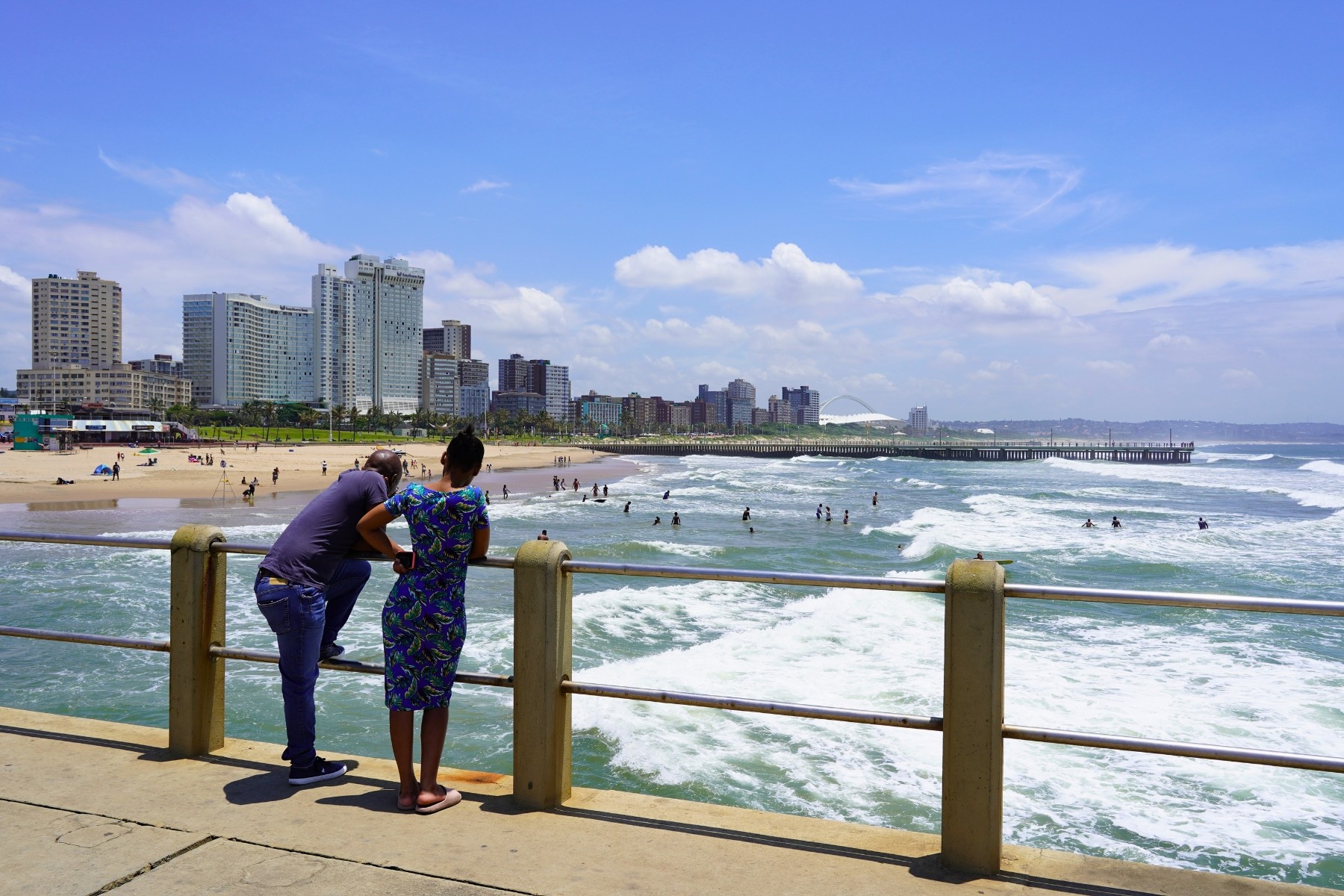

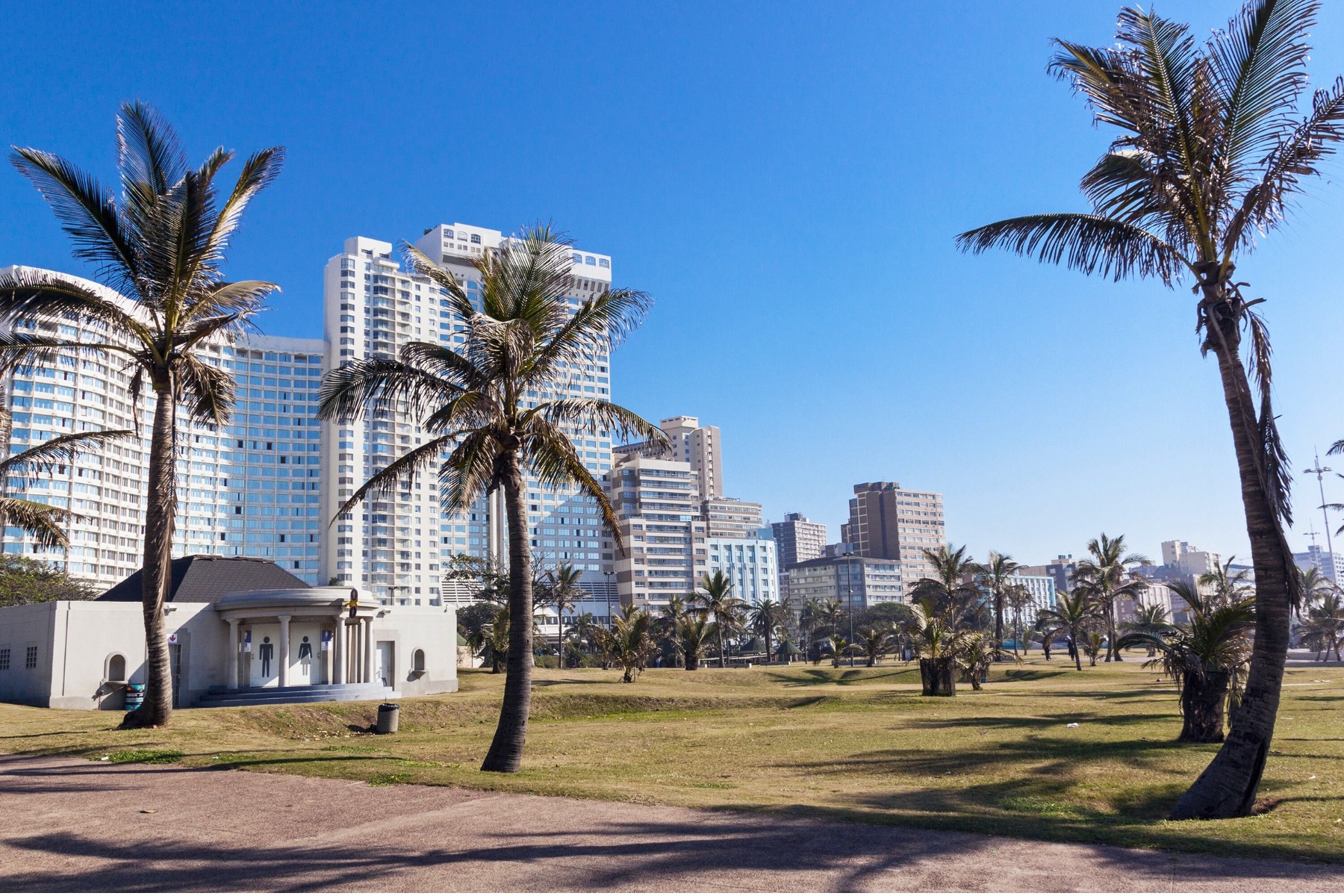
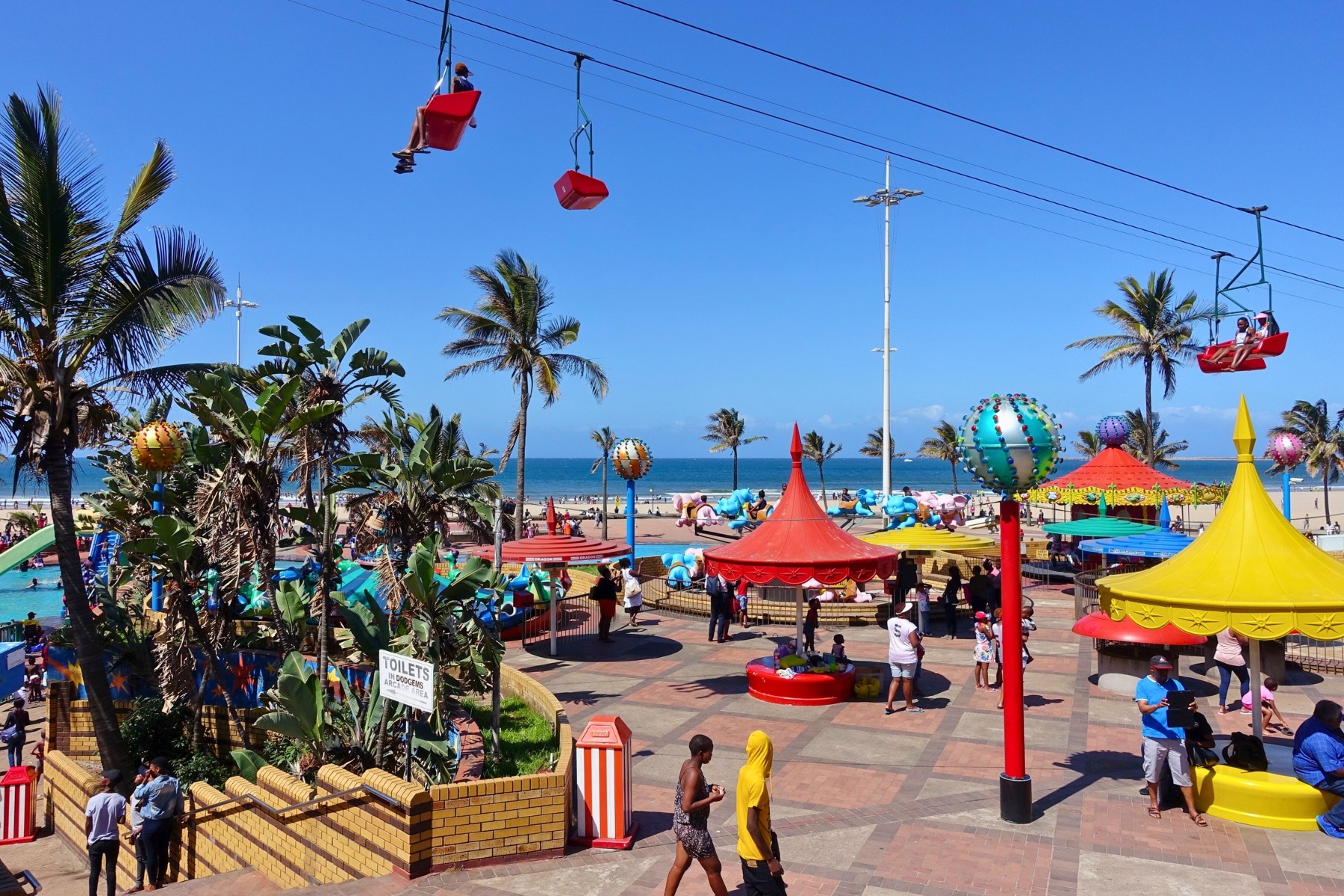

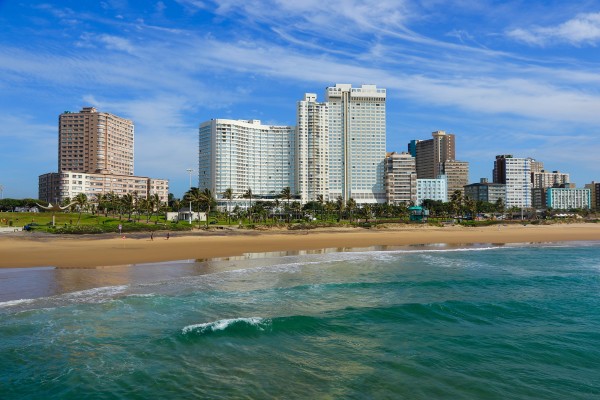
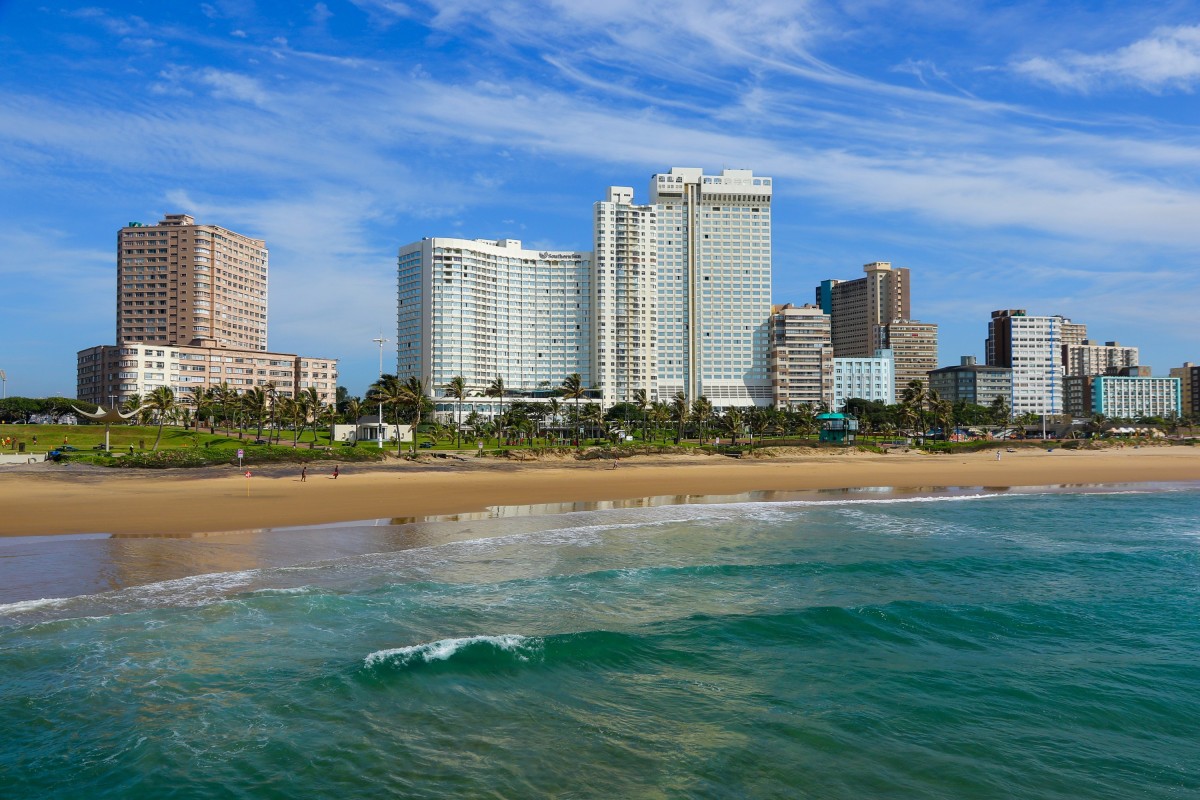

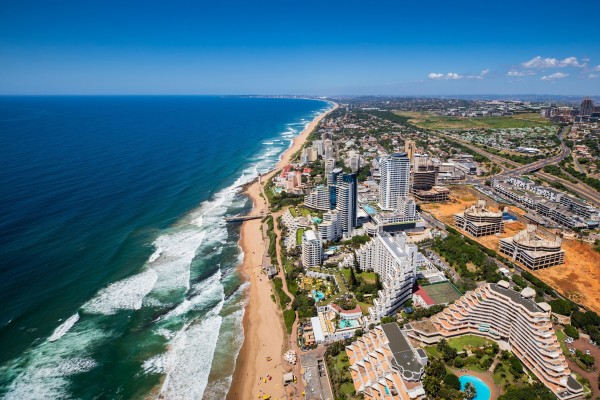
![The Cost of Living in Durban [2025] The Cost of Living in Durban [2025]](https://cdn.wisemove.co.za/image/blog/33d6922f3018eeb43ebed98163e7b2cd.jpeg)


